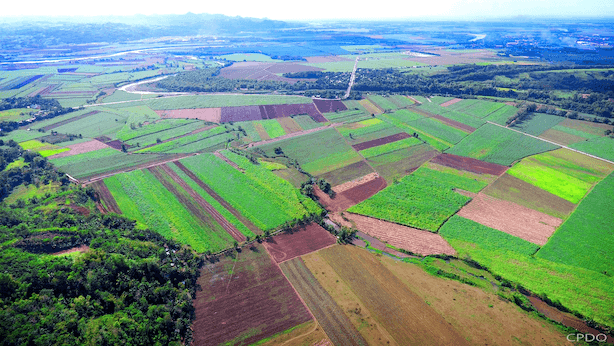SUMMARY
This is AI generated summarization, which may have errors. For context, always refer to the full article.

NEGROS OCCIDENTAL, Philippines – Despite a crippling drought taking a heavy toll on its more than 500 rice farmers, the city government of Kabankalan is holding out on declaring a state of calamity until after it has completed validating and assessing all affected villages.
It was Kabankalan Mayor Benjie Miranda who told media that he was considering declaring a state of calamity in the city after seeing the El Nino’s detrimental impact on their agricultural sector.
However, acting city agriculturist Ricky Muscosa said it was still premature to declare a state of calamity in the city as they were still validating and consolidating the data they gathered on the ground.
Once the data has been verified, they would evaluate the situation and determine whether there is a need to raise the state of calamity in the city. This will be followed by a meeting with the mayor, along with different concerned agencies, including the Disaster Risk Reduction and Management team, Muscosa said.
Muscosa said, of Negros Occidental’s 32 towns and cities, Kabankalan is considered prone to crop damage during droughts because most of its croplands are rain-fed or heavily dependent on rain.
Muscosa said that even though Kabankalan is not the province’s largest rice producer, the lack of irrigation infrastructure is the reason rice farmers have insufficient water during dry season. The city has over 5,000 hectares of agricultural land.
Data from the Office of the Provincial Agriculturist revealed that as of February 26, at least 75 villages in Negros Occidental were already affected by the drought, which resulted in initial agricultural losses amounting to P55.4 million.
Kabankalan City was the worst-hit city among the local government units of Negros Occidental, the Philippines’ fourth largest province. Of the 32 barangays of Kabankalan, 13 were reeling from the drought, which has now damaged 431.6 hectares of rice farms, affecting more than 500 farmers, and resulted in losses of over P22 million.
Muscosa said they are now planning to install a solar-powered irrigation system, which may be advantageous for rice growers, particularly during the extended dry season.
In addition to setting up solar-powered water systems, farmers are also encouraged to cultivate alternative crops, such as vegetables, which the city provides free of charge. The objective is to diversify the sources of sustenance of the families of farmers.
“Mag single crop kita, kung hinali gani mag epekto ang malawig nga init, maapektuhan gid yah ang aton pananum, so kun rice lang gid, wala na kita yah sang iban nga produkto nga ma harvest,” he said.
(If we just have one crop, our yield may be impacted by a prolonged dry spell. As a result, if our only crop is rice, we have no other crops to harvest.) – Rappler.com
Add a comment
How does this make you feel?











There are no comments yet. Add your comment to start the conversation.